A Spicy Journey: Exploring the World of Mexican Herbs
From the vibrant streets of Mexico City to the quiet countryside, the use of herbs is deeply woven into the fabric of Mexican cuisine. Whether you're a seasoned chef or a home cook with a passion for flavor, understanding the role of mexican herbs can elevate your cooking to new heights. In this article, we’ll take you on a flavorful journey through the world of mexican herbs, exploring their history, uses, and how to incorporate them into your dishes.
Table of Contents
- Mexican Herbs: A Flavorful Overview
- Top 5 Practical Tips for Using Mexican Herbs
- The Ultimate Buying Guide for Mexican Herbs
- Mexican Herb Recipes You Can Try Today
- Conclusion: Embrace the Spice
Mexican Herbs: A Flavorful Overview
Mexican cuisine is known for its bold flavors, and much of that comes from the use of fresh and dried herbs. These plants not only add depth and aroma to dishes but also carry cultural significance. Some of the most commonly used mexican herbs include:
- Cilantro: Known for its fresh, citrusy flavor, cilantro is a staple in salsas, guacamole, and many traditional recipes.
- Oregano: While it’s more commonly associated with Italian cuisine, oregano is essential in many Mexican dishes, especially in stews and sauces.
- Parsley: Used in both fresh and dried forms, parsley adds a mild, slightly peppery note to many Mexican dishes.
- Mexican Oregano: This variety has a stronger, more pungent flavor than the Mediterranean version and is often used in moles and salsas.
- Cumin: Although technically a seed, cumin is often grouped with herbs due to its aromatic qualities and is essential in many Mexican spice blends.
Each herb brings something unique to the table, making them indispensable in any Mexican kitchen. Understanding their properties can help you unlock new dimensions of flavor in your cooking.

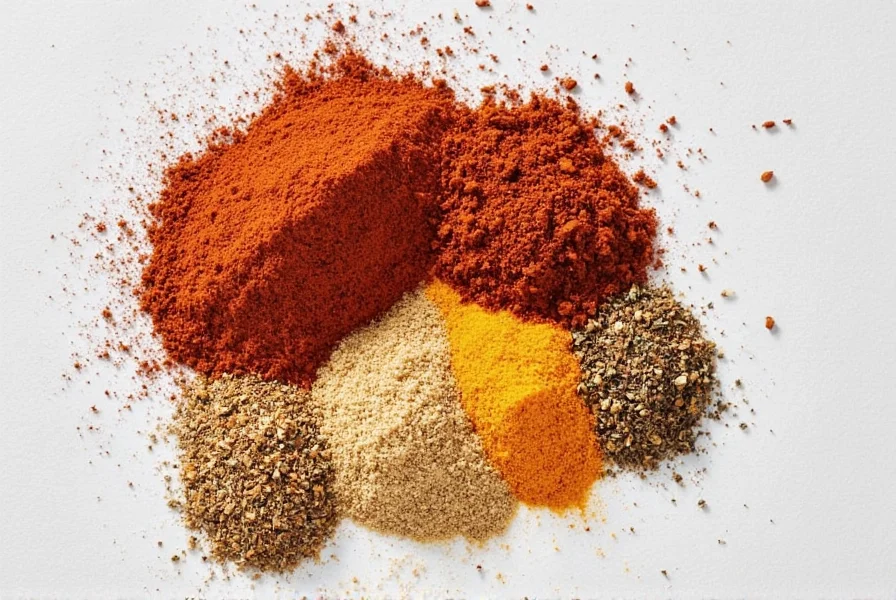
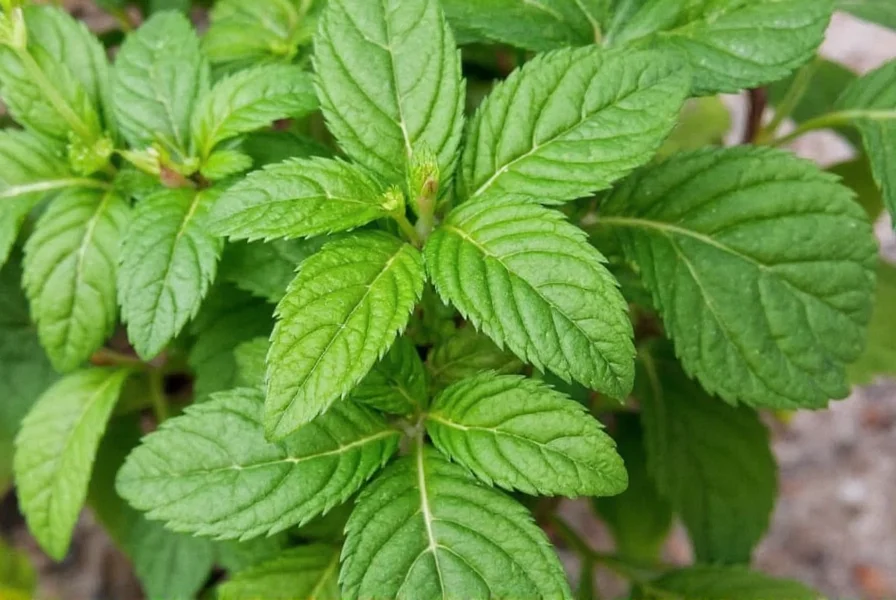
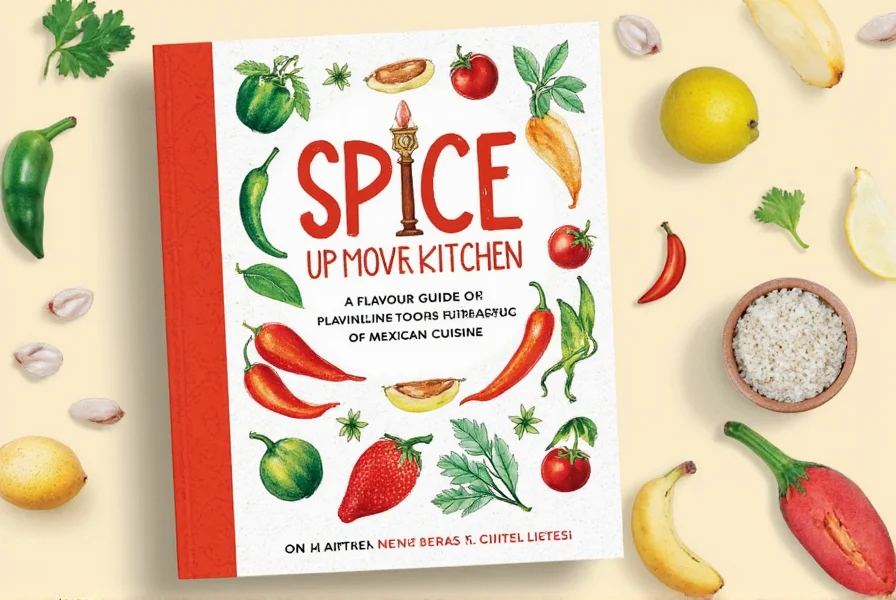
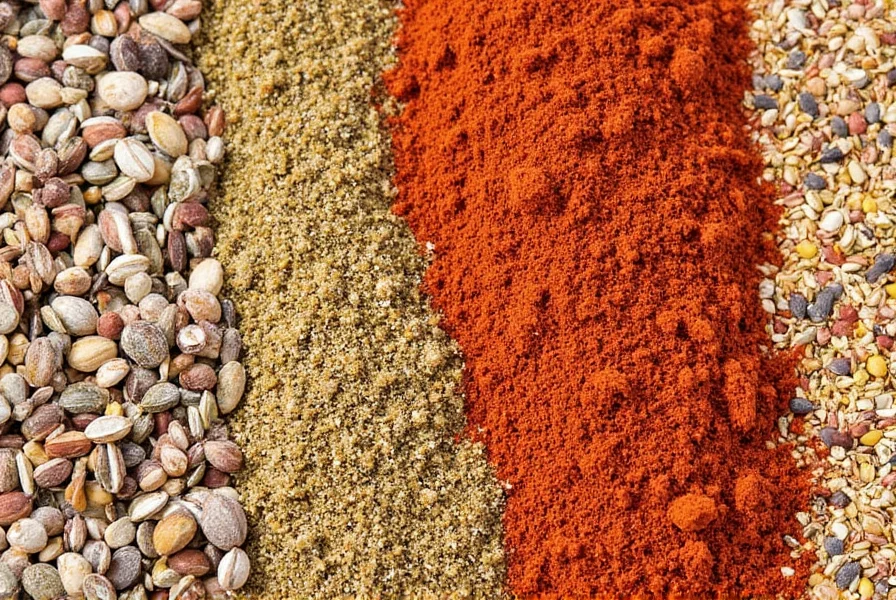
Top 5 Practical Tips for Using Mexican Herbs
If you’re new to mexican herbs, here are five practical tips to help you get started:
- Use Fresh Herbs When Possible: Fresh herbs like cilantro and parsley have a more vibrant flavor compared to their dried counterparts. Try to use them just before serving for maximum freshness.
- Know the Difference Between Oregano Varieties: Mexican oregano has a stronger, more earthy flavor than Mediterranean oregano. Use it in dishes where a bolder taste is desired.
- Toast Seeds Before Using: For herbs like cumin, toasting them in a dry pan before grinding can enhance their aroma and flavor.
- Pair Herbs with Complementary Flavors: Cilantro pairs well with lime and avocado, while oregano works great with tomatoes and garlic. Experiment with combinations to find what suits your palate best.
- Store Herbs Properly: To keep your herbs fresh, store them in airtight containers in a cool, dark place. Fresh herbs can be stored in the fridge wrapped in a damp paper towel.
The Ultimate Buying Guide for Mexican Herbs
Whether you're shopping at a local market or online, knowing what to look for when buying mexican herbs can make all the difference. Here's a detailed guide to help you choose the best products:
| Herb | Features | Advantages | Use Cases | Target Audience | Suitable Occasions |
|---|---|---|---|---|---|
| Cilantro | Fresh leaves with a bright, citrusy scent | Enhances the freshness of salsas, soups, and salads | Guacamole, salsa, ceviche | Chefs, home cooks, health enthusiasts | Weekend meals, casual gatherings, summer parties |
| Oregano (Mexican) | Dried leaves with a strong, pungent aroma | Deepens the flavor of stews, moles, and salsas | Chicken mole, enchiladas, taco fillings | Cooking professionals, spice lovers | Special occasions, family dinners, holiday feasts |
| Cumin | Small, oval seeds with a warm, nutty flavor | Provides a rich base for spice blends and marinades | Barbecue rubs, chili, tacos | BBQ enthusiasts, spice collectors | Summer barbecues, potlucks, weekend grilling |
| Parsley | Green, leafy herb with a mild, grassy taste | Adds a fresh finish to many dishes | Stuffed peppers, rice dishes, garnish | Home cooks, beginners | Everyday meals, dinner parties, casual lunches |
When purchasing, always check the freshness and quality. Look for herbs that are vibrant in color and have a strong, pleasant aroma. If you're buying dried herbs, ensure they’re not clumped together and have no signs of moisture or mold.
Mexican Herb Recipes You Can Try Today
Now that you know more about mexican herbs, why not try some of these delicious recipes? They showcase the versatility and flavor of these essential ingredients:
1. Classic Guacamole
This simple yet iconic dish relies heavily on fresh cilantro and lime juice. Simply mash ripe avocados, mix in chopped onions, tomatoes, and cilantro, and season with salt and pepper. Serve with tortilla chips for a refreshing snack.
2. Chicken Mole
Mole is a rich, complex sauce made with a blend of spices, including Mexican oregano and cumin. Combine roasted chiles, chocolate, nuts, and herbs for a deep, savory flavor that’s perfect for chicken or pork.
3. Tostadas with Cilantro Lime Crema
Crunchy tostadas topped with a creamy, zesty crema infused with cilantro and lime make for a delightful appetizer. Add beans, cheese, and avocado for extra flavor and texture.
4. Spiced Rice with Parsley
This fragrant rice dish is a staple in many Mexican households. Cook rice with onion, garlic, and a pinch of parsley for a light, flavorful side that pairs well with any main course.
5. Smoked Pork Tacos with Cumin
Slow-cooked pork seasoned with cumin and served in warm tortillas is a crowd-pleaser. The smoky, earthy notes of cumin complement the tender meat perfectly.
Conclusion: Embrace the Spice
Exploring mexican herbs is more than just a culinary adventure—it's a way to connect with the culture, history, and traditions of one of the world’s most vibrant cuisines. By understanding the unique characteristics of each herb and learning how to use them effectively, you can transform your cooking and discover new favorite dishes.
So next time you're in the kitchen, don’t be afraid to experiment with mexican herbs. Whether you're making a quick weeknight meal or preparing for a special occasion, these herbs will bring a whole new level of flavor to your table. After all, as the saying goes, “La vida es un sabor”—life is a flavor.

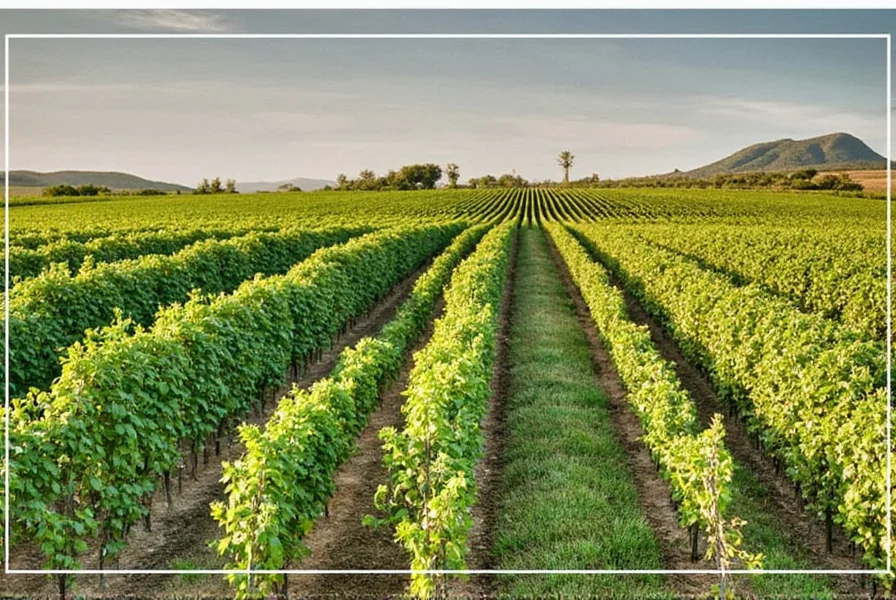









 浙公网安备
33010002000092号
浙公网安备
33010002000092号 浙B2-20120091-4
浙B2-20120091-4